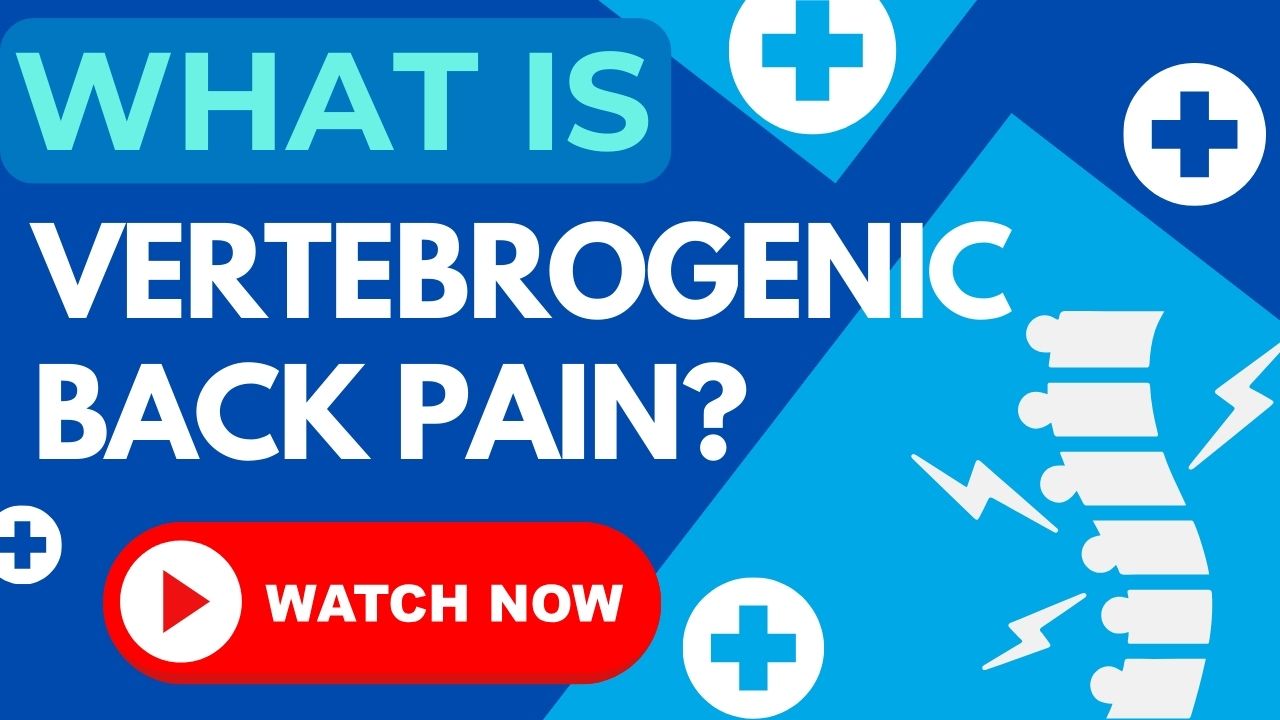
CONDITION OVERVIEW
Vertebrogenic pain is a specific type of chronic low back pain that originates from damaged vertebral endplates—the surfaces where the vertebrae meet the intervertebral discs. Recent medical advances have identified that the basivertebral nerve, which innervates these endplates, can transmit pain signals when the endplates are damaged or inflamed. This condition, often seen on MRI as Modic changes, affects millions of people with chronic low back pain. At Spine and Nerve Center Riverview, we offer innovative treatments including basivertebral nerve ablation (Intracept® procedure), which targets the source of vertebrogenic pain to provide long-lasting relief.

UNDERSTANDING THE CONDITION
Vertebrogenic pain develops when the vertebral endplates—the interface between your spine bones and discs—become damaged and inflamed, triggering pain signals through the basivertebral nerve.
Micro-fractures and inflammation in the vertebral endplates, often from disc degeneration, create an environment that sensitizes the basivertebral nerve.
Visible on MRI as Type 1 or Type 2 Modic changes, these represent bone marrow inflammation and fatty degeneration that correlate with vertebrogenic pain.
Repetitive loading, poor posture, and excessive weight place stress on the vertebral endplates, leading to progressive damage over time.
Genetic predisposition, aging, smoking, and metabolic factors can accelerate endplate degeneration and increase susceptibility to vertebrogenic pain.

RECOGNIZING THE SIGNS
Vertebrogenic pain has specific characteristics that distinguish it from other causes of low back pain, helping identify candidates for targeted treatment.
Deep, achy pain primarily in the center of the lower back, often described as coming from "deep within" the spine rather than the muscles.
Pain that significantly worsens with prolonged sitting, often forcing frequent position changes or standing breaks during the day.
Increased pain when bending forward or during transitions from sitting to standing, with temporary relief when lying down.
Persistent pain lasting more than 6 months that hasn't responded well to conservative treatments like physical therapy or injections.
Unlike sciatica, vertebrogenic pain typically doesn't radiate down the legs but may spread slightly to the sides of the lower back.
Presence of Type 1 or Type 2 Modic changes on MRI, indicating endplate damage and inflammation consistent with vertebrogenic pain.
If you have chronic low back pain with Modic changes on MRI, you may be a candidate for basivertebral nerve ablation—a minimally-invasive procedure that can provide years of relief by targeting the specific nerve transmitting your vertebrogenic pain. Schedule your consultation with Dr. Fura to determine if this innovative treatment is right for you.